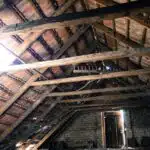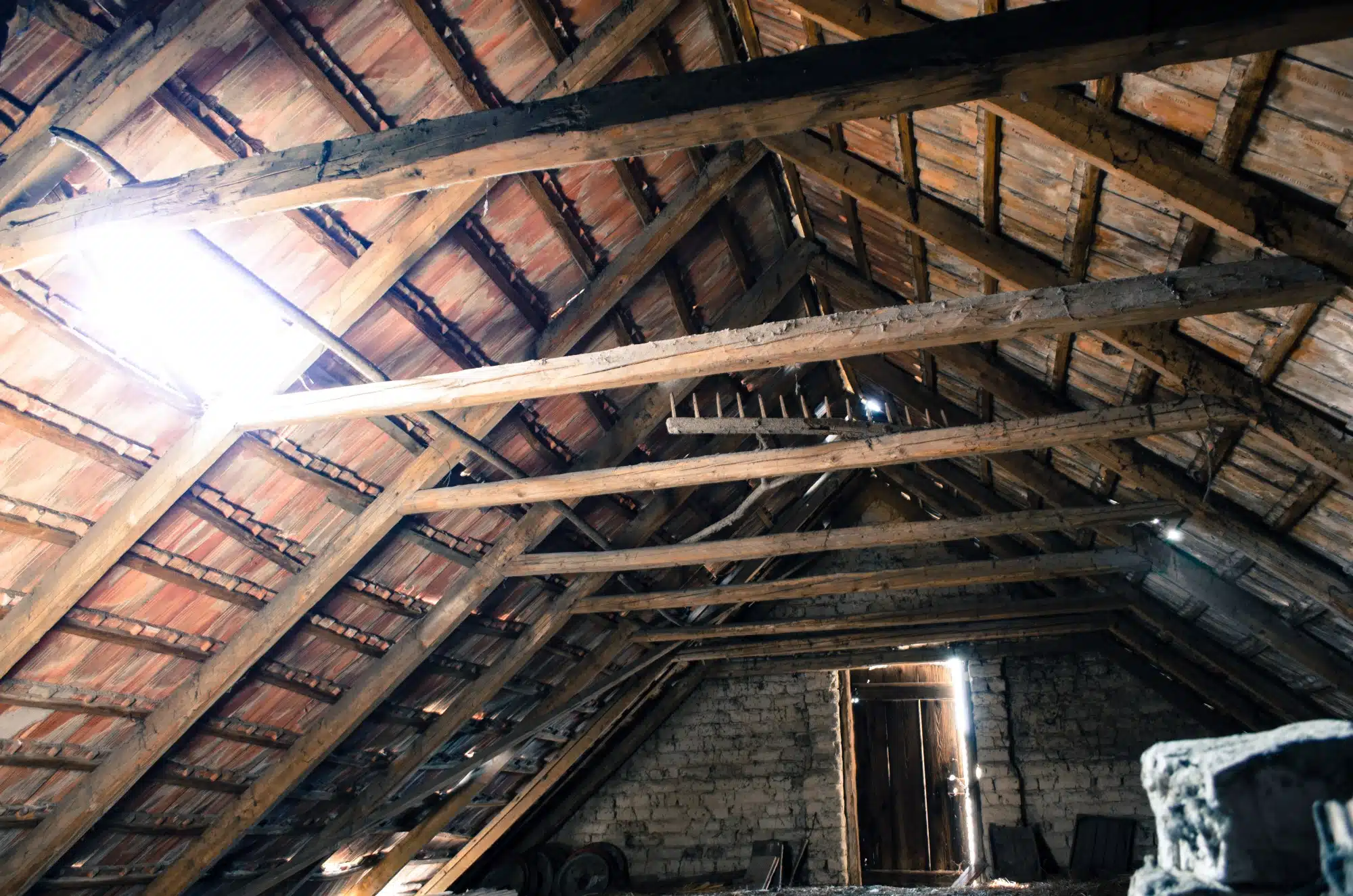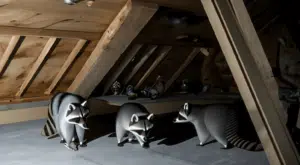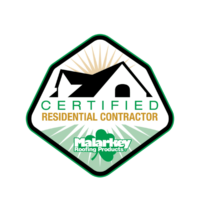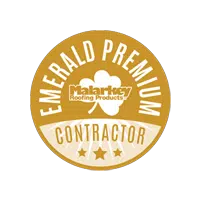So you suspect some moisture in the attic? Not sure? Well, you came to the right place! It can be tricky for a lot of homeowners to properly identify the presence of moisture in the attic, the issues it causes, and how to deal with them.
Keep reading to get tips for a healthier attic, and how to keep it safe from the monster that is moisture!
How To Identify Moisture In the Attic?
This is a simple one – while moisture is not always easily felt when present in a room, it can cause a variety of problems. Here are some indications of excessive moisture in the attic:
- Is there any frost or ice buildup on the roofing nails?
- Do you see any rusting on the roof nails inside the attic?
- Can you witness any dark stains on the roof boards in the attic?
- Is there moisture on the roof sheathing?
- Any drip marks on the attic floor or on the insulation?
- Is the roof sheathing damaged?
- Do you see any mold?
- Is your attic insulation moist?
All of these signs should tell you that moisture has run rampant in your attic. But, before we jump into how to fix these problems, how did they get started in the first place?
How Does Moisture Get In The Attic?
For starters, you can expect a significant increase in moisture during the colder months of winter, as the warm air from the inside of your home rises it meets the cold roof deck in your attic area. If there is too much moisture in your attic, it will condense on the upper portion of your roof deck which rusts the exposed nail, rots the deck, and could inspire mold to grow.
Throughout winter, your home should have about a 35% to 40% humidity level. If your humidity levels are higher, condensation can occur inside the home and can be witnessed on windows (ever see your dog start to lick the windows?), walls, and ceilings. And depending on the home, even 35% can be too much. In many cases, the sources for moisture can vary.
Some common sources for attic moisture are showers, dishwashers, dryers, cookers, washing machines, baths, humidifiers, and other heat-producing machines. In most cases, these sources do not produce excessive moisture, however, if a house is very air tight and/or if ventilation is poor – it can certainly contribute greatly.
Does Moisture In The Attic Rise From The Basement?
Yes, yes it does.
In the winter, you would be using some form of a heating system to comfort friends and family inside the house. If any water meets warm air – it begins to evaporate.
Moist air is less dense than dry air – making it easier for it to escape through holes and cracks. If your upper floors are nor sealed, the air will escape – decreasing overall home pressure.
After this, new air will begin to rise from the lower portions of the home. Wind, negative pressure, and air buoyancy stack together – causing all of the warm moist air to reach the cold roof deck. And at this point, the cold cools the air, condensing it back into a liquid form.
Some common areas for possible air escape are:
- interior/exterior wall gaps
- pull-down attic stairways chimneys
- unsealed attic access
- Holes in the framing from electrical and plumbing work and chimney.
Having air infiltration is a cause for overall heat loss, and increases the heating costs of your home. So look out for unexpected bills, which can be directly related to the moisture in the attic.
How To Prevent Excess Moisture?
In most cases, a professional would suggest improving ventilation if the current situation is under-par.
Ventilation does improve the ex-filtration of air, and by doing so reduces attic temperatures. And as mentioned earlier, low temperatures increase condensation – decreasing the efficacy of your insulation.
So, in order to control the moisture in your attic – the best way is to directly ward off the source. If the problem is caused by water penetrating the foundation – you can install gutters and downspouts, which should be cleaned regularly.
Because each house has a certain condition and set of responses – it is best to communicate with a professional, who can evaluate and provide the best solution for your issue.
Wait, But What Else Can Be Done?
Well, the first step was to control moisture infiltration. And if you’ve successfully done that (hurray!), the next step is to reduce the actual moisture.
This can be done by sealing off all air leakage areas, which will contribute to infiltration reduction – restricting air movement, preventing the stack effect.
However, keep in mind that if an air leak is sealed off, the humidity will increase in your home. Albeit, it will be locked in the living space, where it is most required during the winter. A tighter home will require reduced heating, decreasing the costs. But if it’s too tight, the home will require mechanical ventilation – to assure that there are no pollutants or moisture contributions, which have a negative effect on your health.
Moisture In Attic? No More.
Now that we have covered the origin of moisture in the attic, the method for identifying any larger problems caused by it, and how to deal with it on the forefront of personal response, you are well on your way to making your home free of any moisture issues. By taking a proactive approach, and combating the problem at the source, you secure the comfort and livability of your home for many years to come.
Not sure if you’re comfortable identifying or fixing these issues on your own? That’s where we come in. Above Roofing can take a look at your attic and roof with our free home inspection. We’ll identify any problems, walk you through the solutions, and rid your home of any moisture monsters in the attic! Get in touch with us now.

